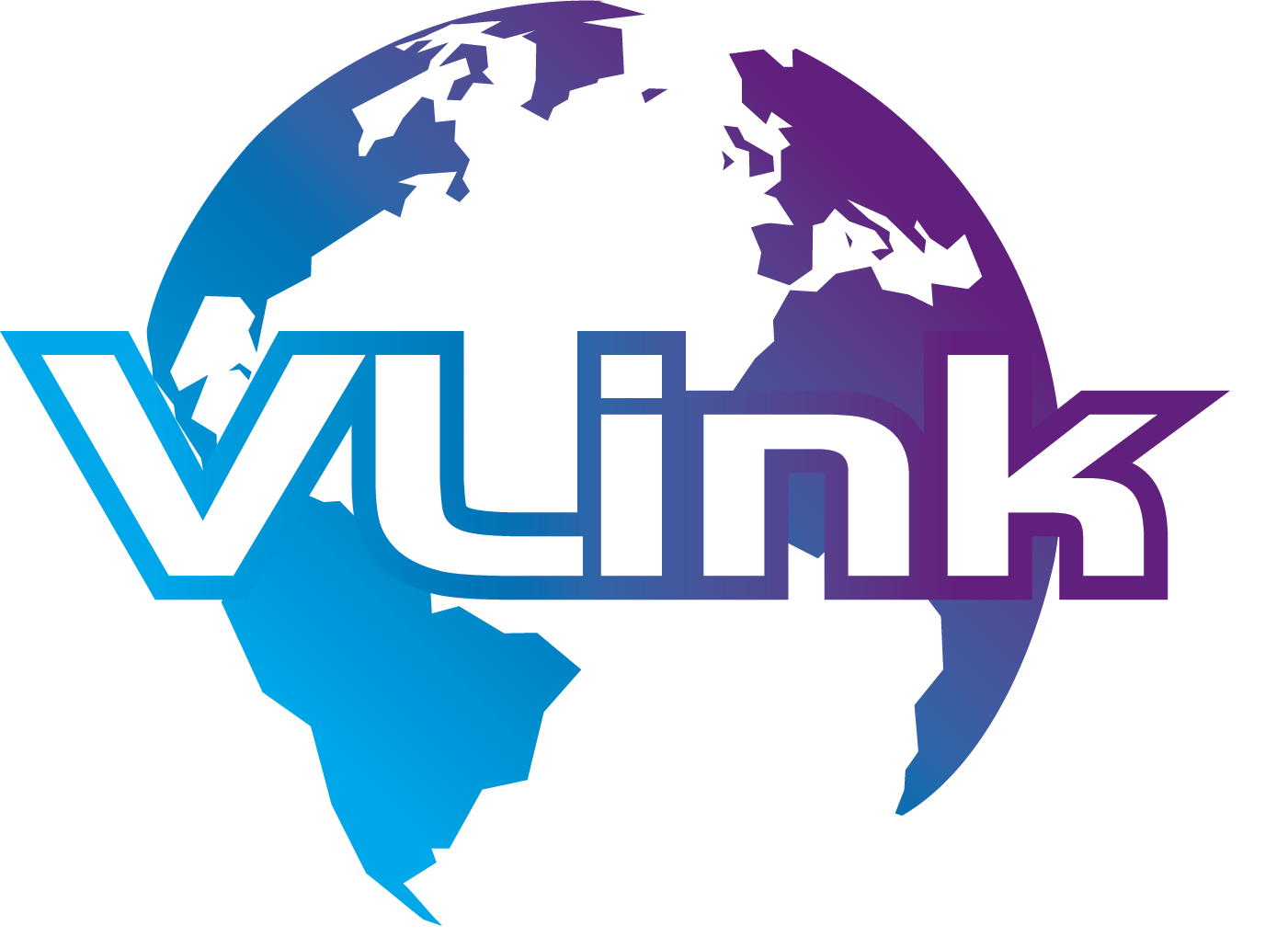
This growth signifies the increasing demand for efficient and innovative solutions within the sector. This dynamic market encompasses various services and technologies, from traditional freight transport to cutting-edge logistics software and real-time tracking systems.
Transportation app development is a key driver of this evolution, offering users seamless access to information and services and empowering businesses to optimize their operations.
Mobile app development has become integral to this transformation, providing the platform for these innovative solutions. For entrepreneurs and businesses looking to capitalize on this expanding market, understanding the intricacies of transport and logistics app development is crucial.
This blog will delve into the process of building a successful transportation app, focusing on the key elements of creating a transportation app like Moovit. Let’s start!
What is Moovit and How Does it Work?
Moovit, an Israel-based mobility-as-a-service provider and journey planner app, was acquired by Intel in 2020 to complement its Mobileye division. While Mobileye went public in 2022, Moovit remains a key part of Intel's strategy in the autonomous vehicle and smart mobility space.
It is a leading urban mobility app that provides users with real-time transit information. It aggregates data from various sources, including public transit agencies, crowdsourced reports, and real-time traffic updates, to offer comprehensive and accurate guidance on navigating cities.
Users can plan their trips, know the arrival times, get service alarms, and have step-by-step navigation for walking and cycling portions of the journey. Moovit's optimal strength is the combination of official data with community-driven updates into a dynamic reliable platform.
Such crowdsourced feature-in achievements also enable the app to adapt quickly to unexpected disruption scenarios and inform users with the freshest information. Well, this gives one an idea of how Moovit operates when trying to create an equivalent of it in a transportation app.
Benefits of Building a Transportation App Like Moovit
The benefits of building a transportation app like Moovit are numerous, especially in a market ripe with opportunity. For startups and established businesses alike, a well-designed app can offer:

Increased Revenue Streams:
Transportation apps offer diverse monetization: in-app ads, premium features (subscriptions/purchases), affiliate marketing with partners, and licensing anonymized, aggregated travel data (while respecting privacy).
Enhanced Brand Visibility:
A good and reliable transportation application acts as a marketing tool. It increases brand awareness by putting your company's name and logo right in the hands of the audience who wish to get attention. This creates loyalty over time, and the company earns a reputation as a transport leader through positive experiences.
Improved Customer Engagement:
Directly engaging users via your app creates a stronger engagement and allows for personalized service. Based on user interests or travel patterns, you can fire targeted promotions to them, gather useful feedback through in-app surveys or reviews, and offer real-time support to increase customer engagement and loyalty.
Data-Driven Insights:
The built-in analytics of the app collect a rich volume of data that includes user behavior, travel patterns, popular routes, and peak usage times. The insights drawn from the data can be utilized in making the right business decisions, refining app features, personalizing marketing campaigns, and discovering new growth avenues.
Competitive Advantage:
An outstanding transportation app such as Moovit can create a very important competitive difference. By providing unique features and outstanding user experience and service, you can seize assets from the competitors while strengthening your position in the market.
Social Impact:
Your app stands to make a contribution in its small way to social positive change by creating enhanced access to transport information and promoting sustainable means of transport. This is yet another great reason for developing an app for transport such as Moovit.
Key Features of a Transportation App Development Like Moovit
When considering transportation app development, several key features are essential for building a transportation app like Moovit:
- Real-time Transit Information: Accurate and up-to-the-minute data on bus, train, and other public transit schedules is a crucial key feature of transportation apps.
- Route Planning: The ability to generate optimal routes based on user preferences, including fastest, shortest, and least crowded options.
- Navigation: Step-by-step directions for walking, cycling, and public transit, with real-time updates and rerouting capabilities.
- Service Alerts: Notifications about delays, cancellations, and other disruptions to transit services.
- Location-Based Services: Integration with GPS to identify nearby transit options and provide personalized recommendations.
- Multimodal Integration: Combining information from various modes of transportation, including public transit, ride-sharing, and bike-sharing services.
- User Profiles: Users can save favorite routes, set preferences, and receive personalized notifications.
- Accessibility Features: Ensuring the app is accessible to users with disabilities, including features like screen reader compatibility and alternative text for images. These are critical key features of transportation apps.
Step-by-Step Process to Develop Transportation Apps Like Moovit
Building a successful transportation app like Moovit is a complex project that requires a well-defined and executed plan. Here's a detailed breakdown of the key stages involved in developing transportation apps Like Moovit:

Phase 1: Market Research and Analysis:
Before diving into building a transportation app like Moovit, thorough market research is crucial. This involves:
- Target Audience Identification: Define your ideal user. Are you focusing on daily commuters, tourists, or a specific demographic? By developing an understanding of their needs, preferences, and pain points, you can influence the features and look of your app.
- Competitive Landscape Analysis: Study other application services for transportation, such as Moovit, Citymapper, and Google Maps, and try to analyze their strengths and weaknesses, which will provide good opportunities for differentiation concerning your app. What preferences in terms of uniqueness can you develop?
- Market Trend Analysis: Stay on the cutting edge of what is going on in the transportation sector, such as the boom in ridesharing, micro-mobility options, and smart city projects. Being up to speed will enable you to predict user needs and therefore position your app for long-term success.
Phase 2: Concept Development and Design:
This phase focuses on defining the app's core elements:
- Defining Core functionality: Define, in clear and specific terms, the app's prime focal points attributes. Will it provide real-time transit information, route planning, navigation, or all these together? Prioritize those that must not miss at your first launch.
- UI Design: Create wireframes and mockups that represent the application's layout and flow for the user. The UI shall be clean, easy, and simple to navigate even for novice users.
- UX Design: Devise plans for a good and appropriate user experience making it easy and fast using the service as well as accessibility features. Further user testing and feedback extraction would formulate a better experience design in such an interface.
Phase 3: Data Acquisition and Integration:
Reliable data is the backbone of building a transportation app like Moovit. This includes: -
- Transit Data Acquisition: Secure access to real-time transit data on schedules, routes, and service alerts from public transit agencies. This could involve the use of APIs or other data providers.
- Mapping Services Integrations: Provide integration with mapping services like Google Maps and Mapbox for location data, directions, and points of interest.
- Integration of Other Data: Other data sources may be integrated depending on the configuration of your app's features; for example, traffic data providers, weather APIs, or ride-sharing services.
Phase 4: App Development:
This is the core of transportation app software development, where the app is built:
- Backend Development: Develop the server-side infrastructure that will handle data processing, user accounts, and other backend functionalities. Choose a scalable and reliable technology stack.
- Frontend Development: Build the user interface that users will interact with. Focus on creating a responsive and performant app for iOS and Android platforms.
- API Development: Develop APIs to connect the frontend or backend and integrate with third-party services.
- Coding, Testing, and Quality Assurance: Write clean, well-documented code and conduct regular testing throughout development. Implement quality assurance measures to ensure the app is stable and performs well.
Phase 5: Testing and Quality Assurance:
Thorough testing is essential to identify and fix bugs before launch:
- Functional Testing: Verify that all app features are working as expected.
- Usability Testing: Evaluate the app's user-friendliness and identify any usability issues.
- Performance Testing: Assess the app's performance under different conditions, such as high traffic loads.
- Security Testing: Identify and address any security vulnerabilities.
- Platform Testing: Test the app on various devices and operating systems to ensure compatibility.
Phase 6: Deployment and Launch:
This phase involves releasing the app to the public:
- App Store Submission: Prepare all necessary documentation and submit the app to the Apple App Store and Google Play Store.
- Marketing and Promotion: Develop a marketing strategy to promote your app to the target audience. This may include social media marketing, app store optimization, and public relations.
Phase 7: Post-Launch Support and Maintenance:
The work doesn't end after launch:
- Bug Fixes and Updates: Address any bugs or issues that arise after launch and release regular updates to improve the app's performance and features.
- User Support: Support users with questions or problems with the app.
- Monitoring and Analytics: Monitor the app's performance and usage metrics to identify areas for improvement.
Pro Tips: The first step of making this arduous journey is to closely work with a reputed transportation app and logistics app development company. They carry with them a storehouse of expertise, experience, and resources to ensure the app is adequately built according to industry standards and business objectives.
Cost to Build a Transportation App Like Moovit
The Moovit app cost is a multifaceted question, hinging on various elements. It isn't the type of things that would have one simple answer-it depends on how complex the app is going to be, what features it would have, whether it is going to be developed for iOS, Android or both platforms, where the development team is located, and their experience levels, among other things, not forgetting the overall timeline for development.
So, to put it in a very general way, a basic Moovit app beyond few features can start in the tens of thousands of dollars. If it is more comprehensive, like that of Moovit, but with real-time tracking, multimodal integration, personalized recommendations, and an intricate user interface, it won't be long before the numbers begin to climb up to the hundreds of thousands and perhaps to millions.
Estimated Cost Ranges:
- Simple Logistics and Transportation App: $25,000 - $40,000 (basic features, limited platforms)
- Mid-Tier Transportation App: $50,000 - $150,000 (more features, cross-platform compatibility, better design)
- Complex Transportation App (like Moovit): $200,000+ (advanced features, real-time tracking, multimodal integration, custom design, extensive testing)
Note: - App features, platform (iOS, Android, or both), design complexity, development team expertise and location, third-party data integrations (APIs, mapping), thorough testing/QA, and backend infrastructure all influence the final cost. It's crucial to get detailed quotes from multiple transport app developers and logistics software development service providers.
Do not hesitate to inquire about pricing models (hourly rates, project fees), experience with certain transportation apps, and their method of testing and quality assurance. Make sure all technical requirements and features are discussed so that the quotes are comprehensive and accurate.
Remember, the cheapest Moovit app cost option isn't always the best. Consider the long-term value and potential ROI when making your decision. Discuss pricing models and get precise estimates when considering logistics software development services. A free consultation with specialists is always a worthwhile step to reach a fair judgment.
Monetization Strategies for Transportation Apps like Moovit
Building transportation apps like Moovit is only half the battle; generating revenue is the other. Here are some effective monetization strategies:

In-App Advertising:
Displaying targeted ads to users can generate revenue, but balancing advertising with user experience is crucial. Consider different ad formats like banner ads, interstitial ads, and native advertising to find the optimal approach.
Premium Features:
Offering premium features through subscriptions or in-app purchases can provide a steady revenue stream. Examples include ad-free experience, advanced route planning options, and personalized recommendations.
Affiliate Marketing:
Partnering with local businesses and transportation providers to offer exclusive deals and promotions to users can generate revenue through commissions in transportation mobile app development.
Data Licensing:
Aggregated and anonymized user data can benefit urban planners, researchers, and other organizations. However, it's crucial to ensure compliance with privacy regulations.
Ride-Hailing Integration:
Integrating ride-hailing services and paying a commission on each booking can be a lucrative revenue stream.
Partnerships with Transit Agencies:
Collaborating with public transit agencies to offer ticketing services or integrated payment options can generate revenue and enhance user convenience. This is a significant way to develop a mobile app for transportation.
Future of Transportation App Software Development
The future of transportation app software development services is bright, with several exciting trends shaping the landscape:
- Artificial Intelligence (AI) and Machine Learning: AI-powered features like predictive analytics, personalized recommendations, and real-time traffic optimization will become increasingly prevalent.
- Internet of Things (IoT) Integration: Connecting transportation apps with smart city infrastructure and connected vehicles will enable more seamless and efficient mobility experiences.
- Augmented Reality (AR): AR can enhance navigation by overlaying directions and information onto the real-world view, making it easier for users to find their way.
- Blockchain Technology: Blockchain technology can be used to create secure and transparent platforms for ride-sharing, ticketing, and other transportation services.
- Focus on Sustainability: Apps that promote sustainable transportation options, such as walking, cycling, and public transit, will become increasingly important as cities strive to reduce carbon emissions.
How VLink’s Mobile App Development Services Help Your Business?
VLink's comprehensive custom mobile app development services include specialized expertise in transport and logistics app development, offering tailored solutions to meet your unique business needs.
Whether you require a basic transit information app or a complex, multimodal platform, VLink can develop custom transportation apps designed to your specifications. Leveraging cutting-edge technologies like AI, IoT, and AR, VLink creates innovative and future-proof apps that keep you ahead of the curve.
A strong emphasis on user-centric design ensures intuitive and engaging apps that resonate with your target audience. From initial concept to launch and ongoing post-launch maintenance, VLink's dedicated team provides end-to-end support throughout the transportation mobile app development lifecycle. Furthermore, VLink is committed to delivering cost-effective solutions within your budget and providing high-quality transportation app software development services.
As a dedicated transportation app development company, VLink understands the intricacies of transport and on-demand logistics app development, ensuring your project's success.
Conclusion
The transportation sector is ripe with opportunities for innovation. You can build a transportation app like Moovit that thrives in this dynamic market by focusing on user-centric design, essential features, effective monetization strategies, and leveraging the latest technologies.
Partnering with a dedicated app developer and a transportation and logistics app development company like VLink is crucial for navigating this complex landscape and bringing your vision to life.
The future of transportation is mobile, and embracing innovation can position your business at the forefront of this exciting evolution. To discuss your transportation app idea and how VLink can help you bring it to life, contact us today.










 Shivisha Patel
Shivisha Patel

















